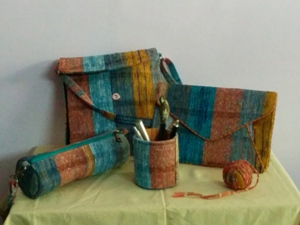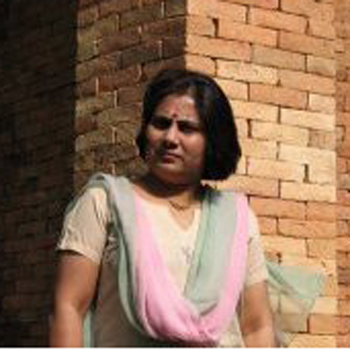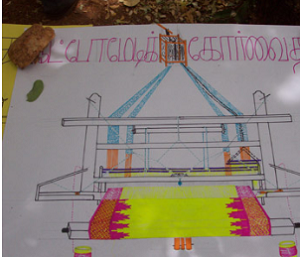An urban-rural economic model, which helps to improve the quality of life of rural populace in their native surroundings and provides an environment friendly growth opportunity, is developed. For countries like India, which has more than 60% of its population in rural India, this sustainable development model presents an opportunity to carry out a balanced growth with minimal societal upheaval. Recycling of used textiles and clothing of the urban households has been used to create value added and contemperory products. In this model the used worn out clothing reaches the rural households, is converted into value added products which are delivered back to the same urban households. Systems approach has been further suggested to roll out a sustainable development initiative where in all the players – policy makers, academia, and industry, need to work in a concerted coordinated manner to complement each other’s effort.
This is a dying sector and the weavers have moved to alternate professions due to non remunerative vocation. The model addresses the issue and receommends intervention mechanisms to make it a sustainable system.
PRACTITIONERS: INDIA
Access 70,000+ practitioners in 2500+ crafts across India.
BIBLIOGRAPHY
10,000+ listings on arts, crafts, design, heritage, culture etc.
GLOSSARY
Rich and often unfamiliar vocabulary of crafts and textiles.
SHOP at India InCH
Needs to be written.
ALSO SEE
Bamboo Splints Making Device for Incense Sticks
Bamboo Splints Making Device for Incense Sticks
Automatic Sari Border Weft Insertion
Automatic Sari Border Weft Insertion







